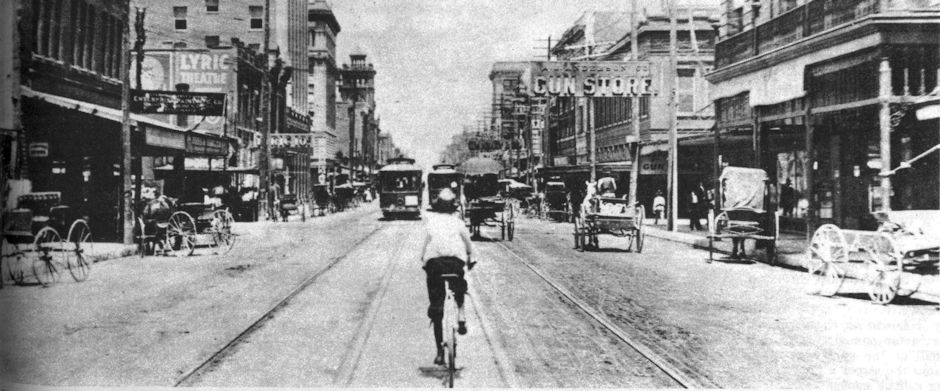Cowtown Neon (Part 1): Gone Is the Rocket’s Red Glare is about nine neon signs that have gone dark. But at night Fort Worth, especially downtown, remains abuzz and aglow with neon signs of every persuasion. And behind some of these ten signs stand landmark buildings. For example:
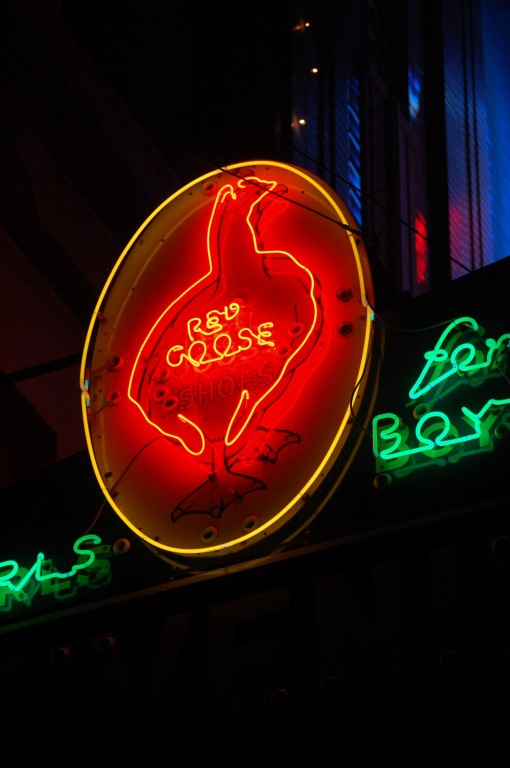 The Juvenile Shoe Store building (1903) of Julius and Selma Solomon at 306 Houston Street now houses a bar.
The Juvenile Shoe Store building (1903) of Julius and Selma Solomon at 306 Houston Street now houses a bar.
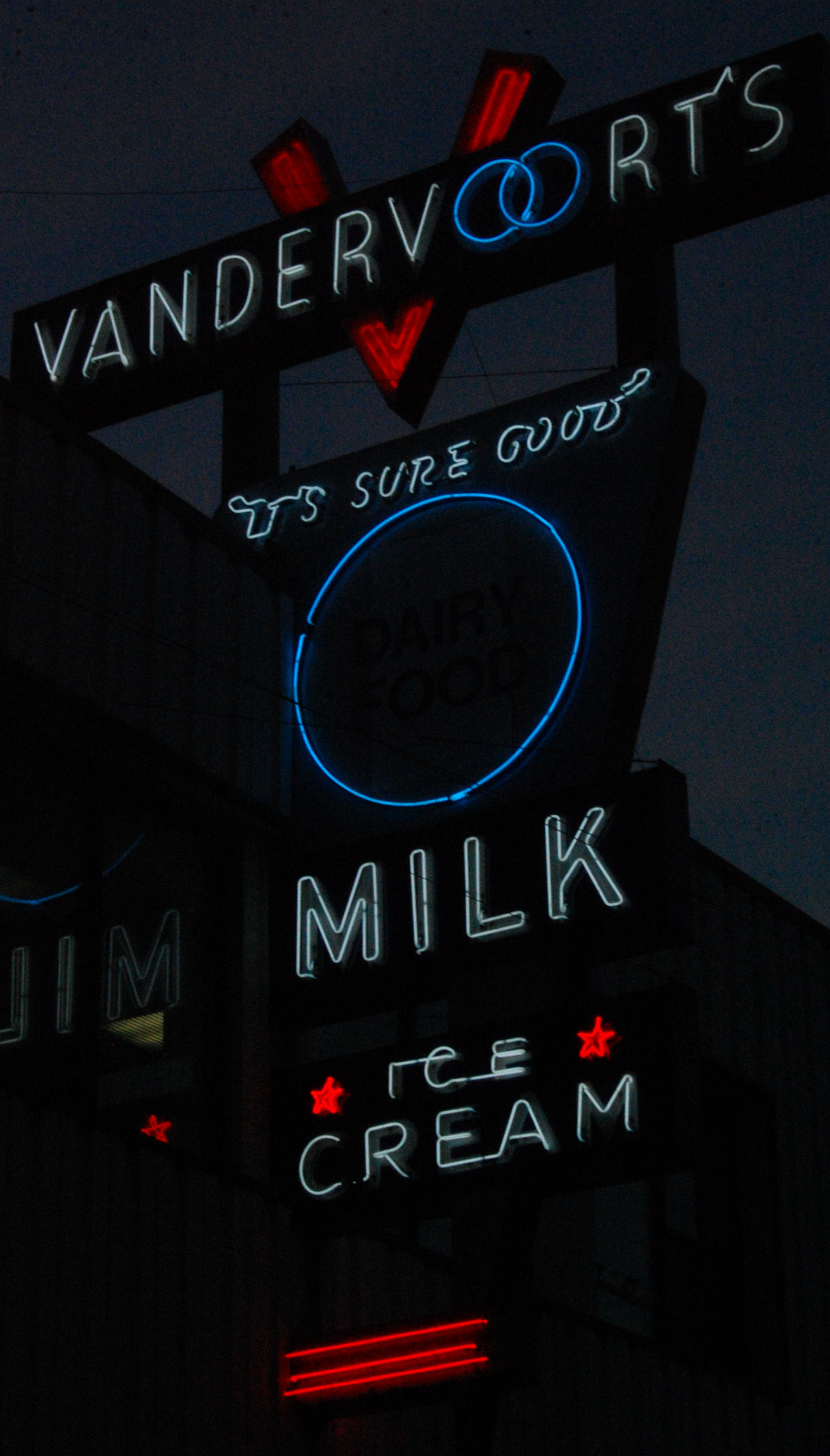 The Vandervoort’s dairy plant on South Main is now owned by Kroger.
The Vandervoort’s dairy plant on South Main is now owned by Kroger.
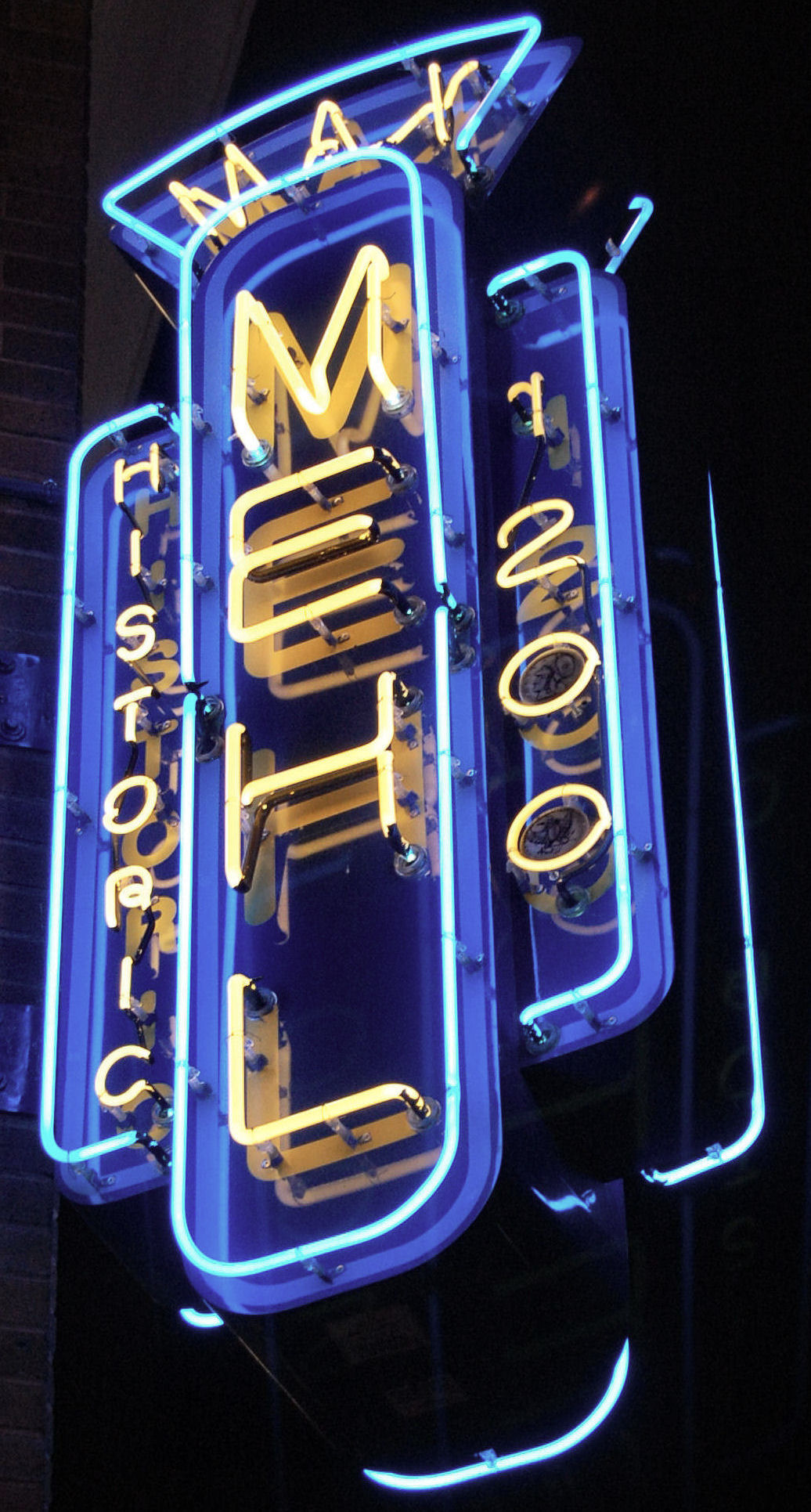 The Max Mehl building (Clarkson, 1916) on Henderson Street.
The Max Mehl building (Clarkson, 1916) on Henderson Street.
 The old Montgomery Ward store (1928) on West 7th Street.
The old Montgomery Ward store (1928) on West 7th Street.
 The Texas & Pacific passenger terminal (Hedrick, 1931) is now lofts.
The Texas & Pacific passenger terminal (Hedrick, 1931) is now lofts.
 Razzoo’s is located in the Western Union Building (Davies, 1931).
Razzoo’s is located in the Western Union Building (Davies, 1931).
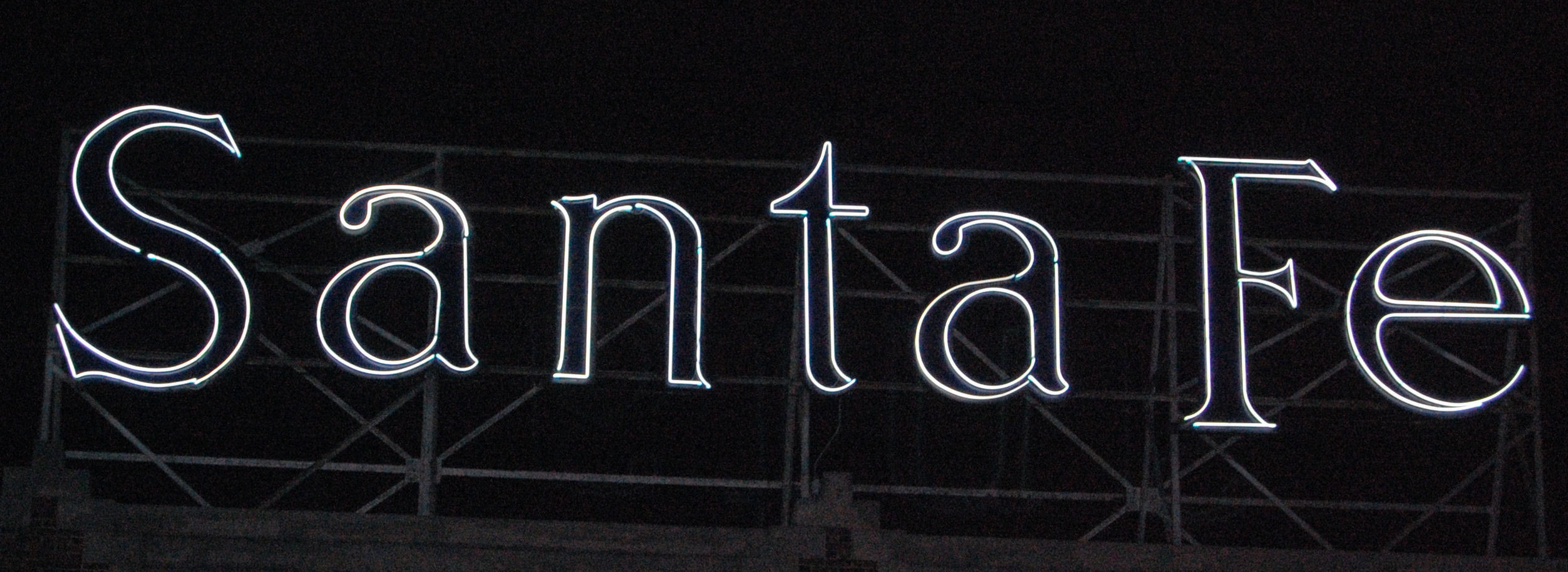 The old Santa Fe freight depot (1938) on Jones Street.
The old Santa Fe freight depot (1938) on Jones Street.
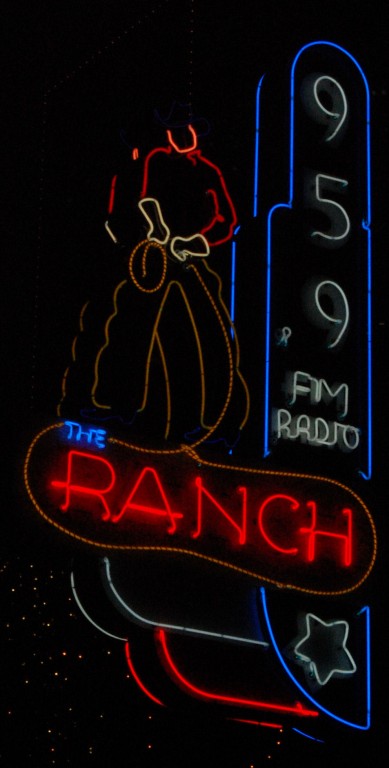 The little building at 400 Main Street (1902), which once was the home of Northern Texas Traction Company in Fort Worth, is now the home of radio station 95.9 and Jamba Juice.
The little building at 400 Main Street (1902), which once was the home of Northern Texas Traction Company in Fort Worth, is now the home of radio station 95.9 and Jamba Juice.
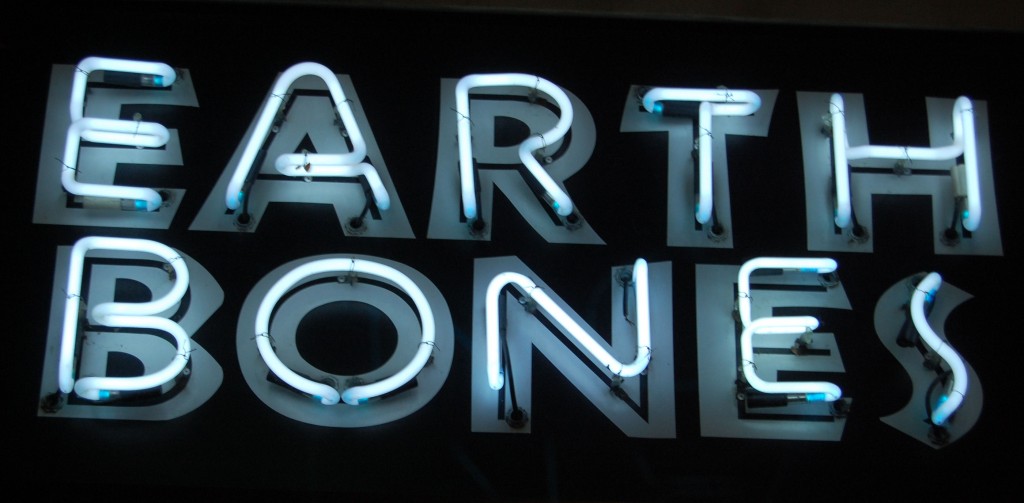 Earth Bones store is located in the Morris Building (1906). Predictably, a building with a century under its cornice has been a jack of all trades. The Morris Building has housed a real estate company, lawyers and an umbrella repairman, a collection agency, phonograph store, clothing store, electric appliance store, pawn shop, and “nicely furnished rooms for gentlemen.” By 1950 it housed a pool hall. Which was fitting. Because the Morris Building was built where the White Elephant saloon building had stood until it burned in 1899.
Earth Bones store is located in the Morris Building (1906). Predictably, a building with a century under its cornice has been a jack of all trades. The Morris Building has housed a real estate company, lawyers and an umbrella repairman, a collection agency, phonograph store, clothing store, electric appliance store, pawn shop, and “nicely furnished rooms for gentlemen.” By 1950 it housed a pool hall. Which was fitting. Because the Morris Building was built where the White Elephant saloon building had stood until it burned in 1899.

Firestone Service Store.
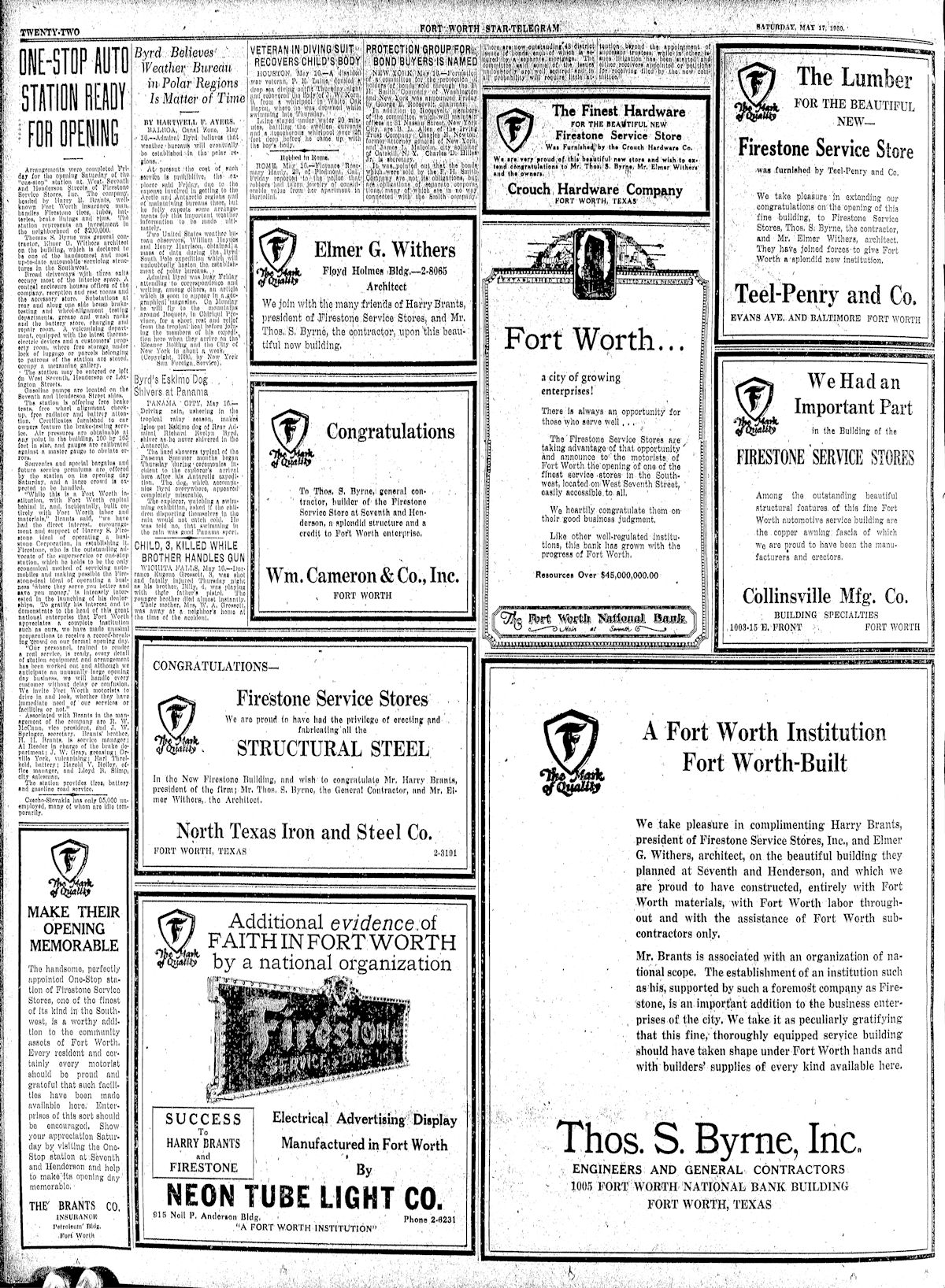 In 1929 Harvey Firestone passed through Fort Worth and said that he was planning a national chain of auto service and supply centers. Soon after, his company paid $75,000 ($1 million today) for a lot at Henderson and West 7th streets that had sold in 1903 for just $3,400. The Firestone Service Store opened in 1930.
In 1929 Harvey Firestone passed through Fort Worth and said that he was planning a national chain of auto service and supply centers. Soon after, his company paid $75,000 ($1 million today) for a lot at Henderson and West 7th streets that had sold in 1903 for just $3,400. The Firestone Service Store opened in 1930.
